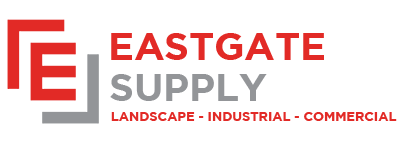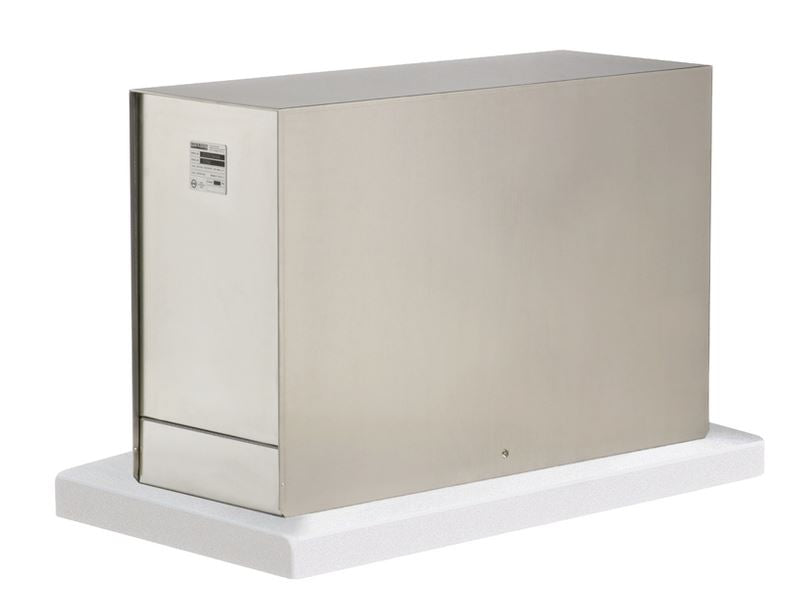Backflow Enclosure - 100S-AL - Lift-Off - Safe-T-Cover
FREE SHIPPING
This American made back flow enclosure features a lift-off design for maximum accessibility, and comes with an ASSE Standard 1060 compliant drain flap. It is recommended to add the Chromalox Heat Cable #30 with 90W of heat to protect from freezing temperatures. This enclosure is made from marine grade aluminum, polyisocyanurate foam insulation board, and a glass fiber reinforced facer on each side. The 100S-AL enclosure is easy to set up, safe for testers, and helps offer protection from vandalism.
Dimensions: 7" W x 32" L x 22" H
Pipe Size: 1"








